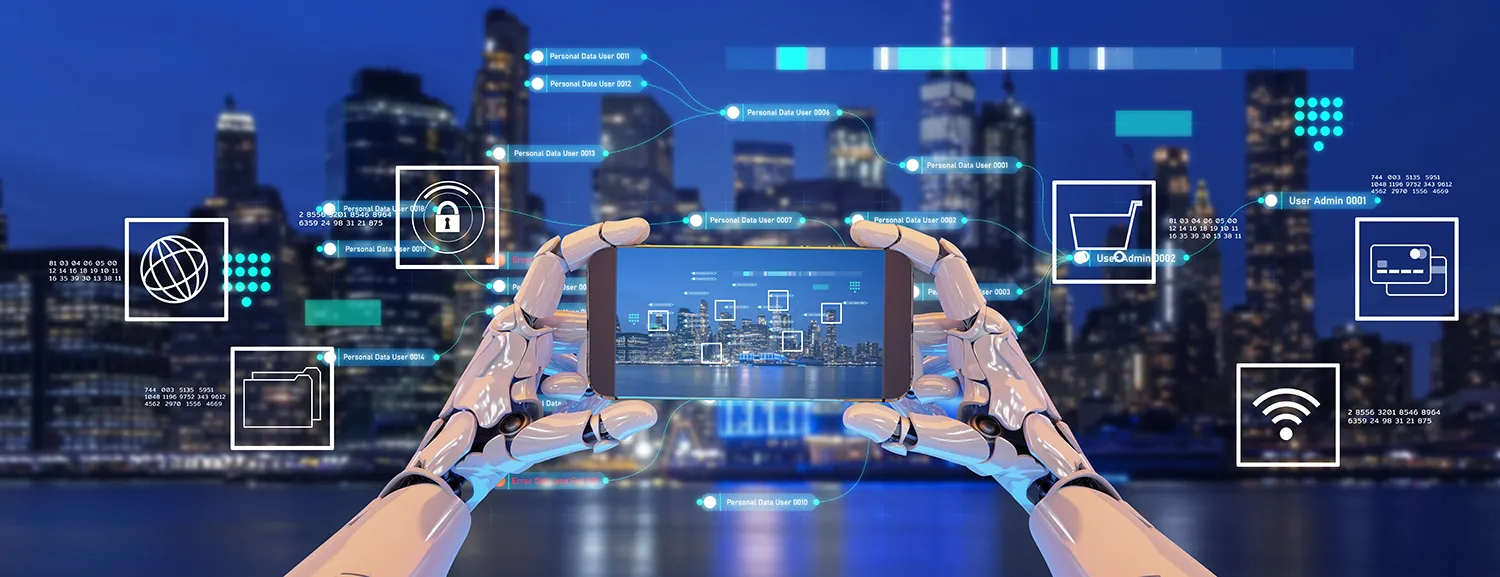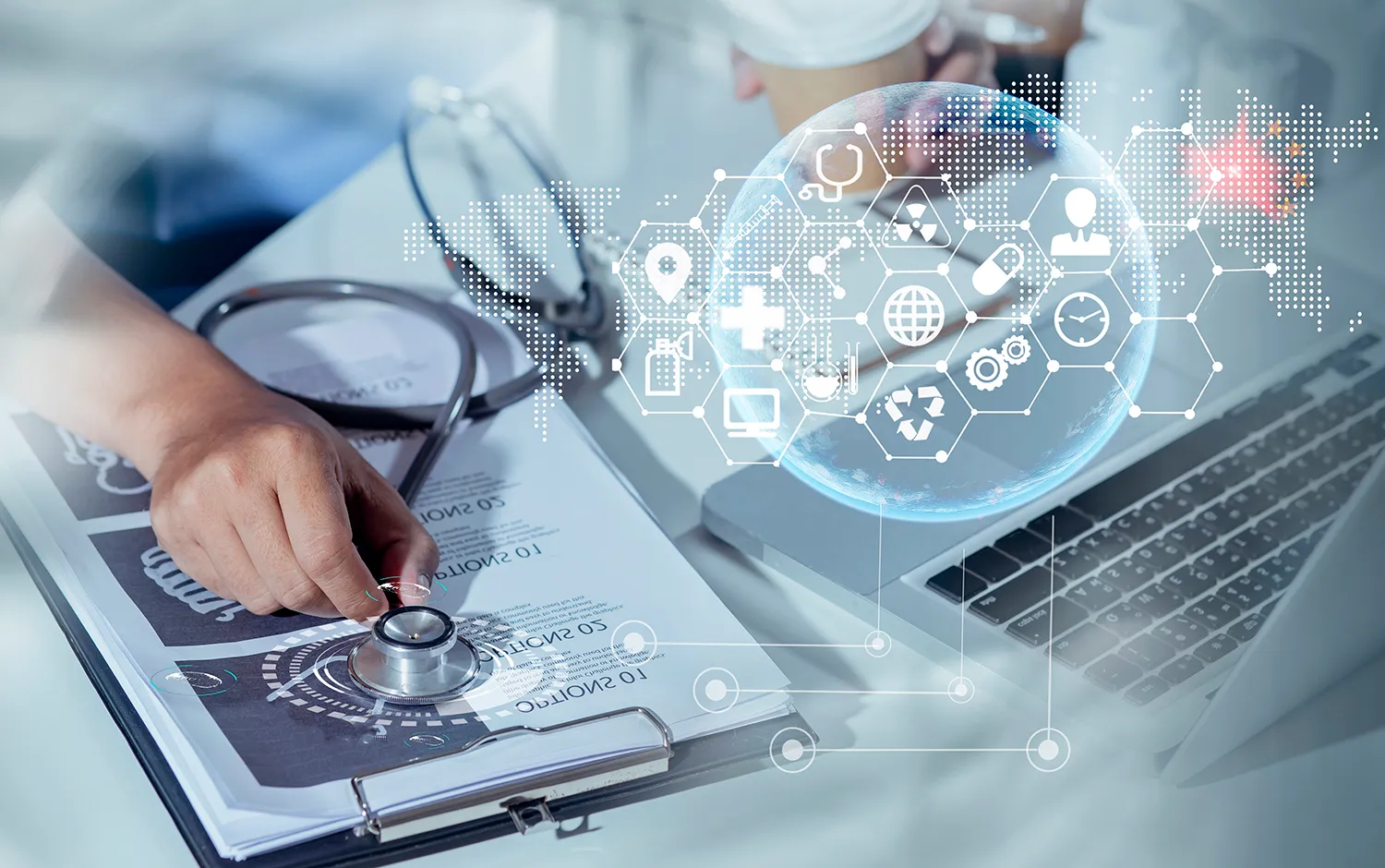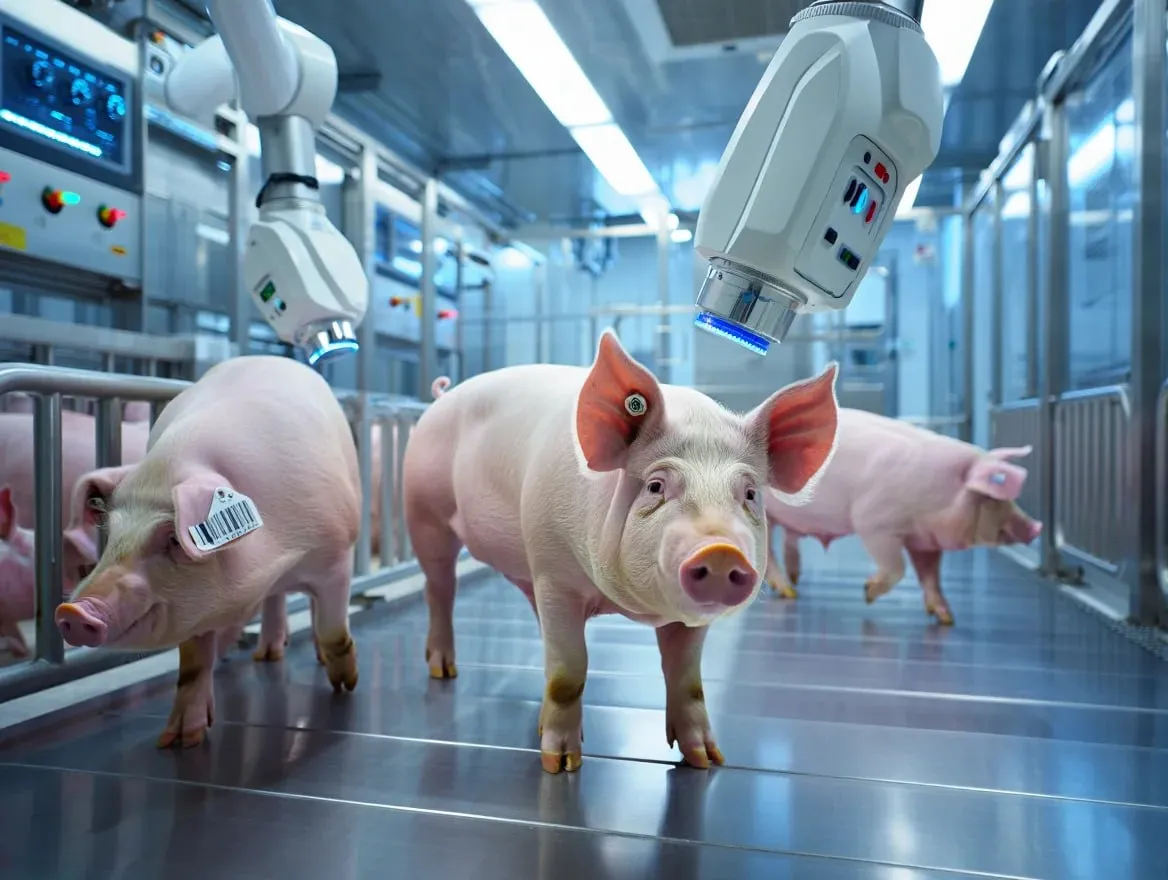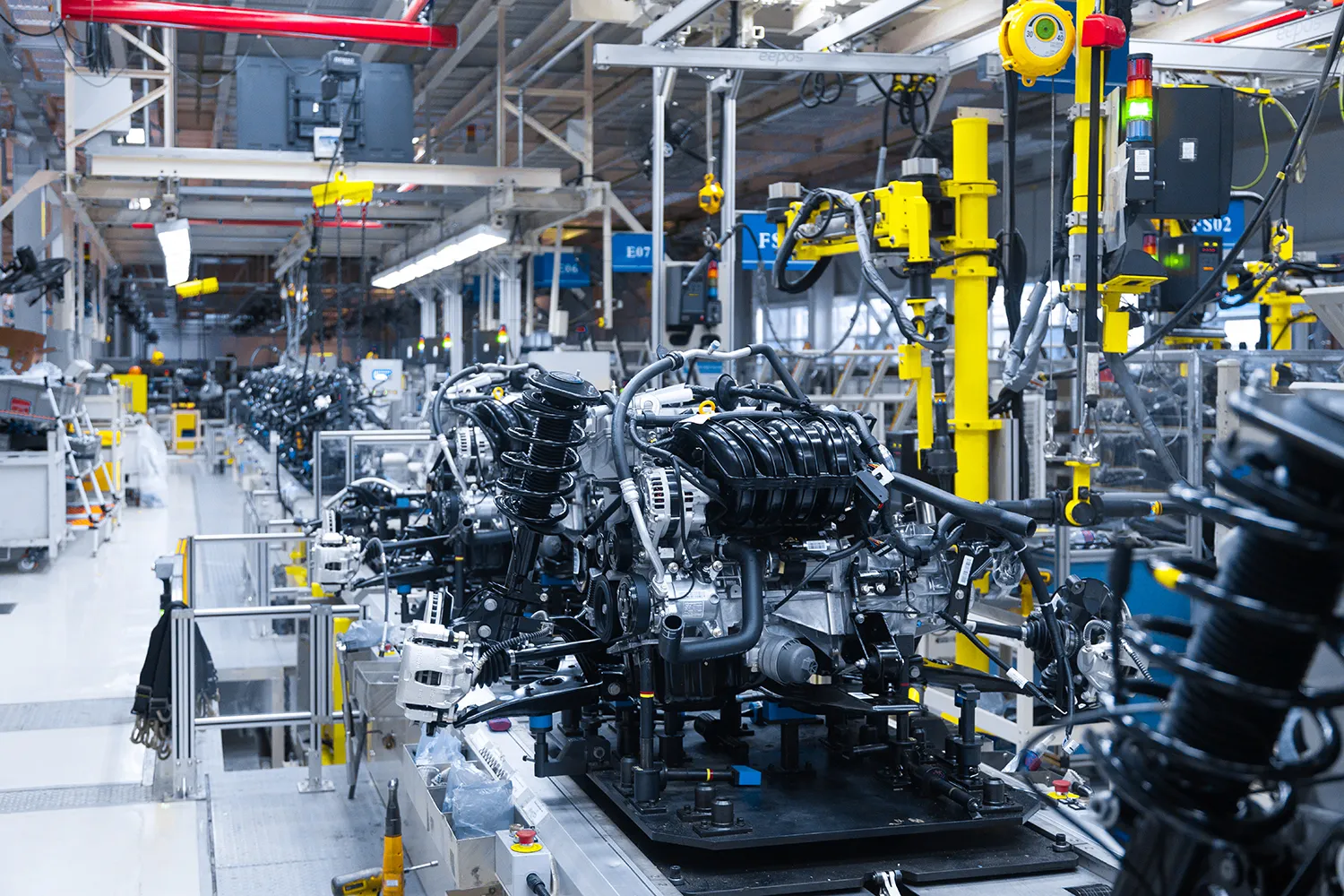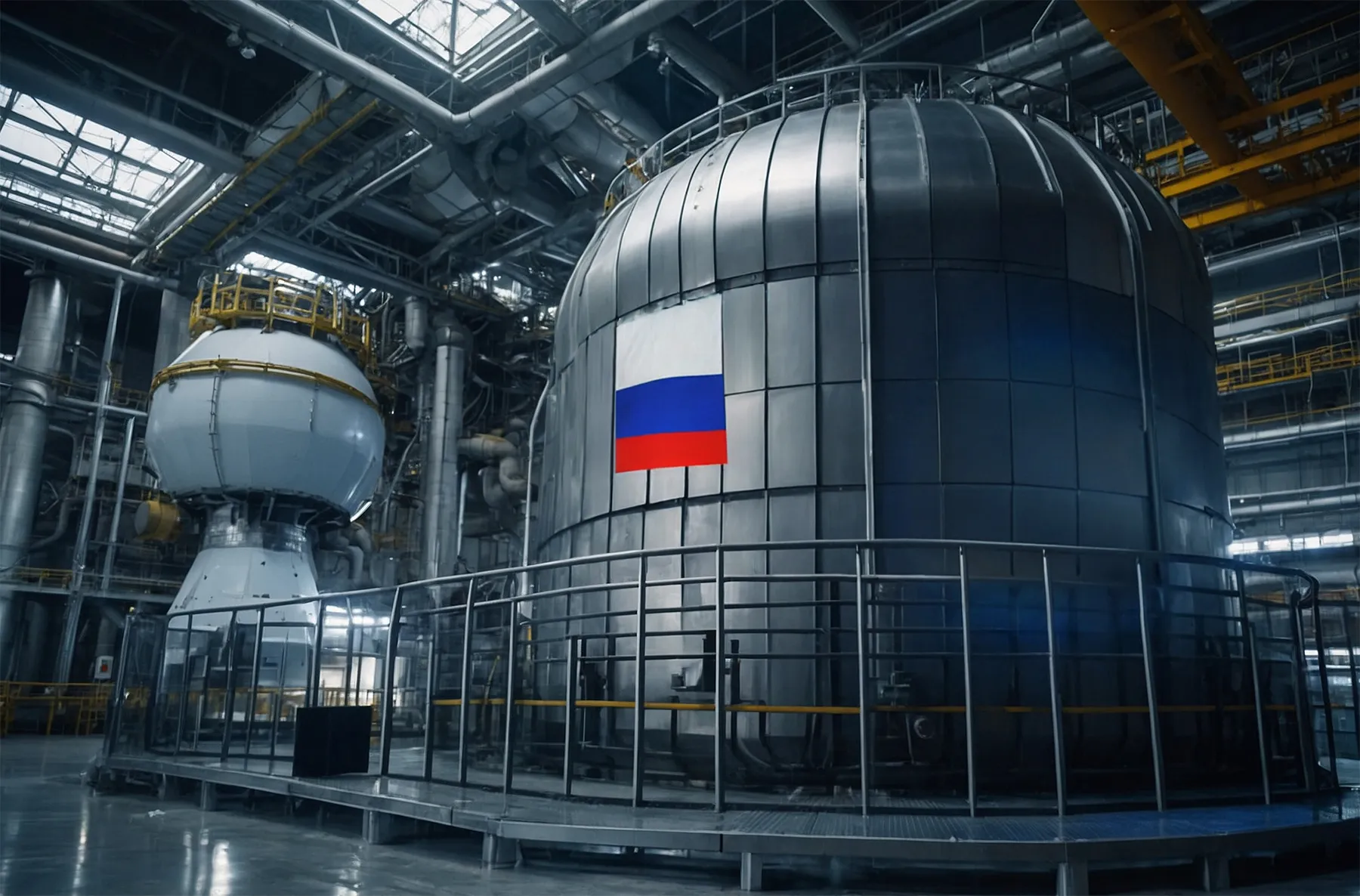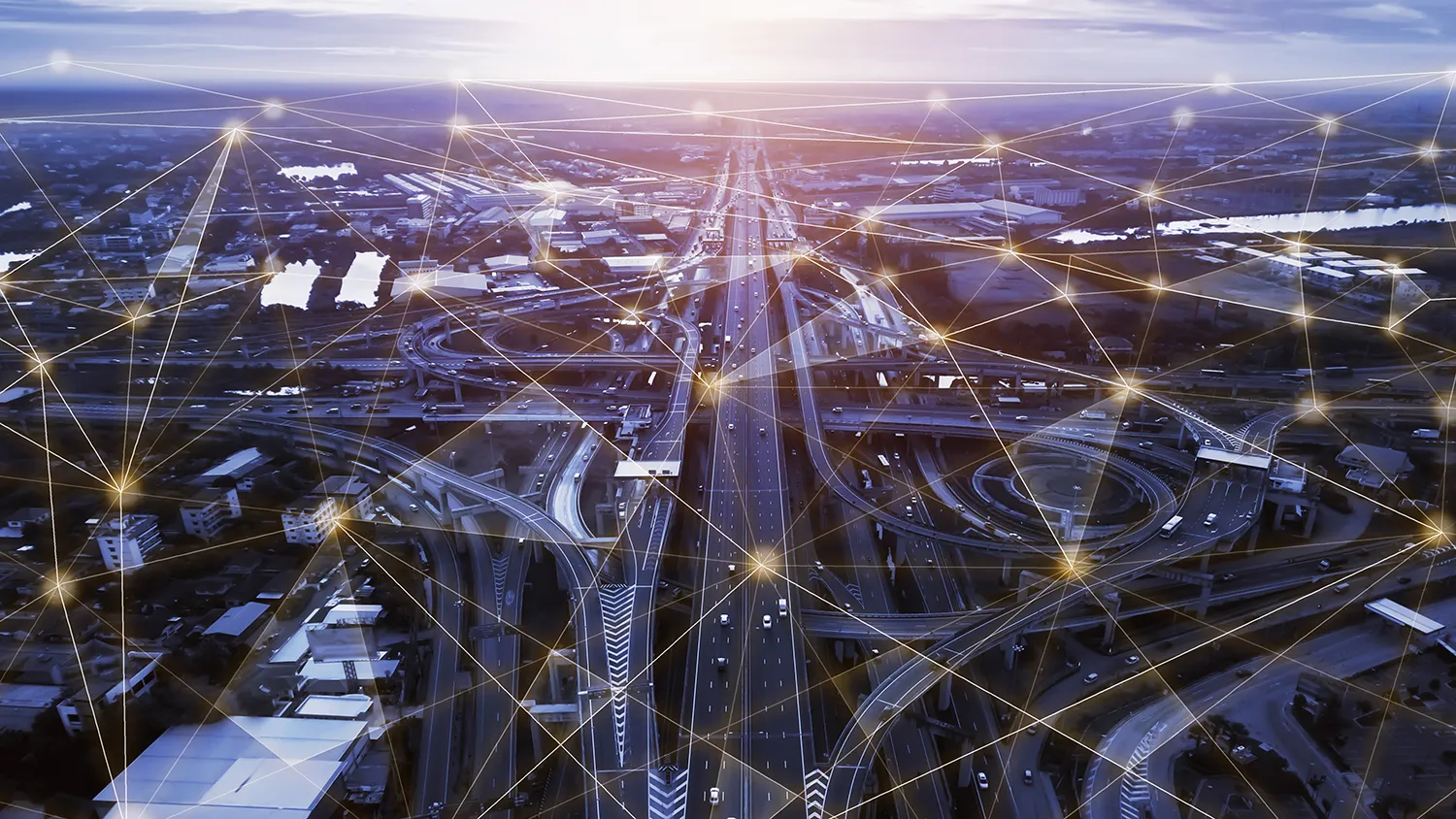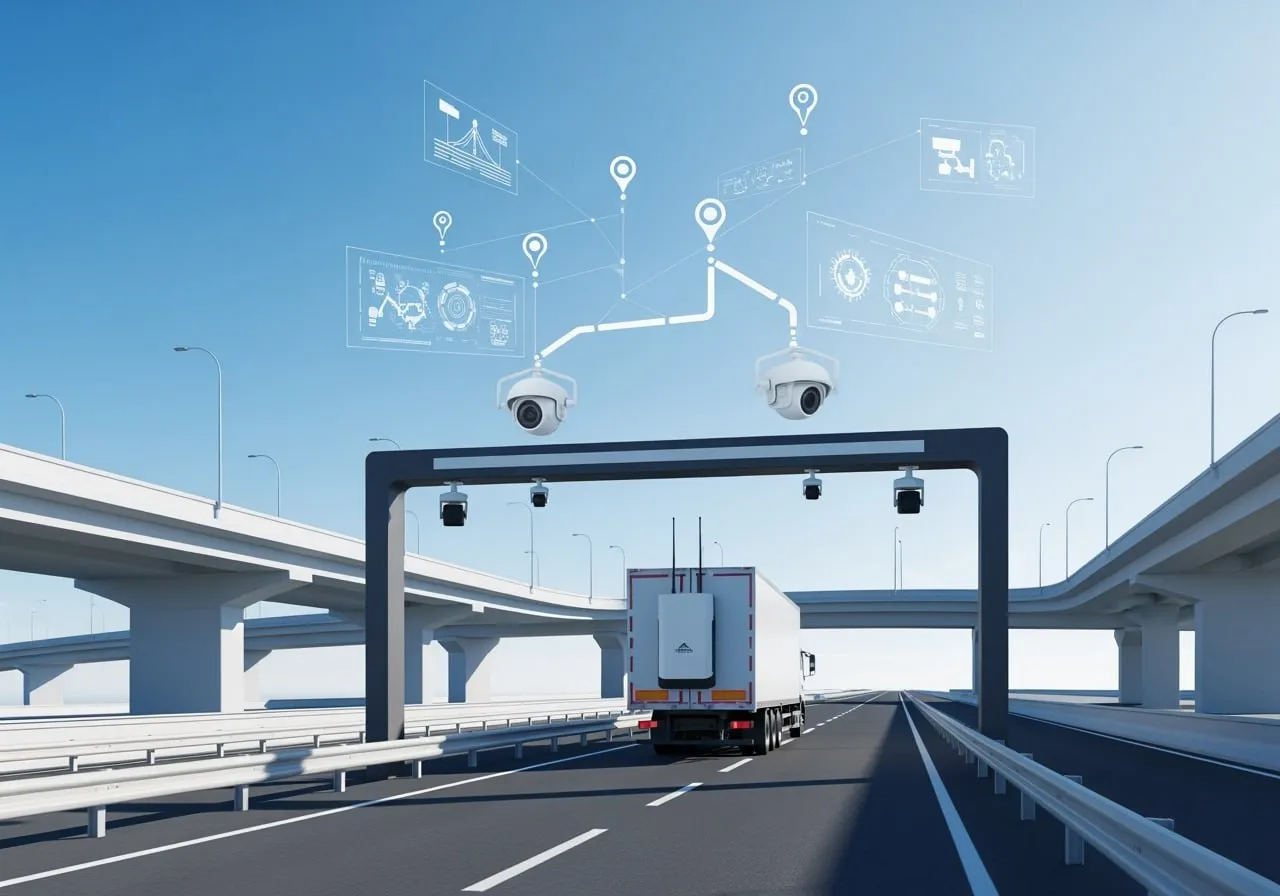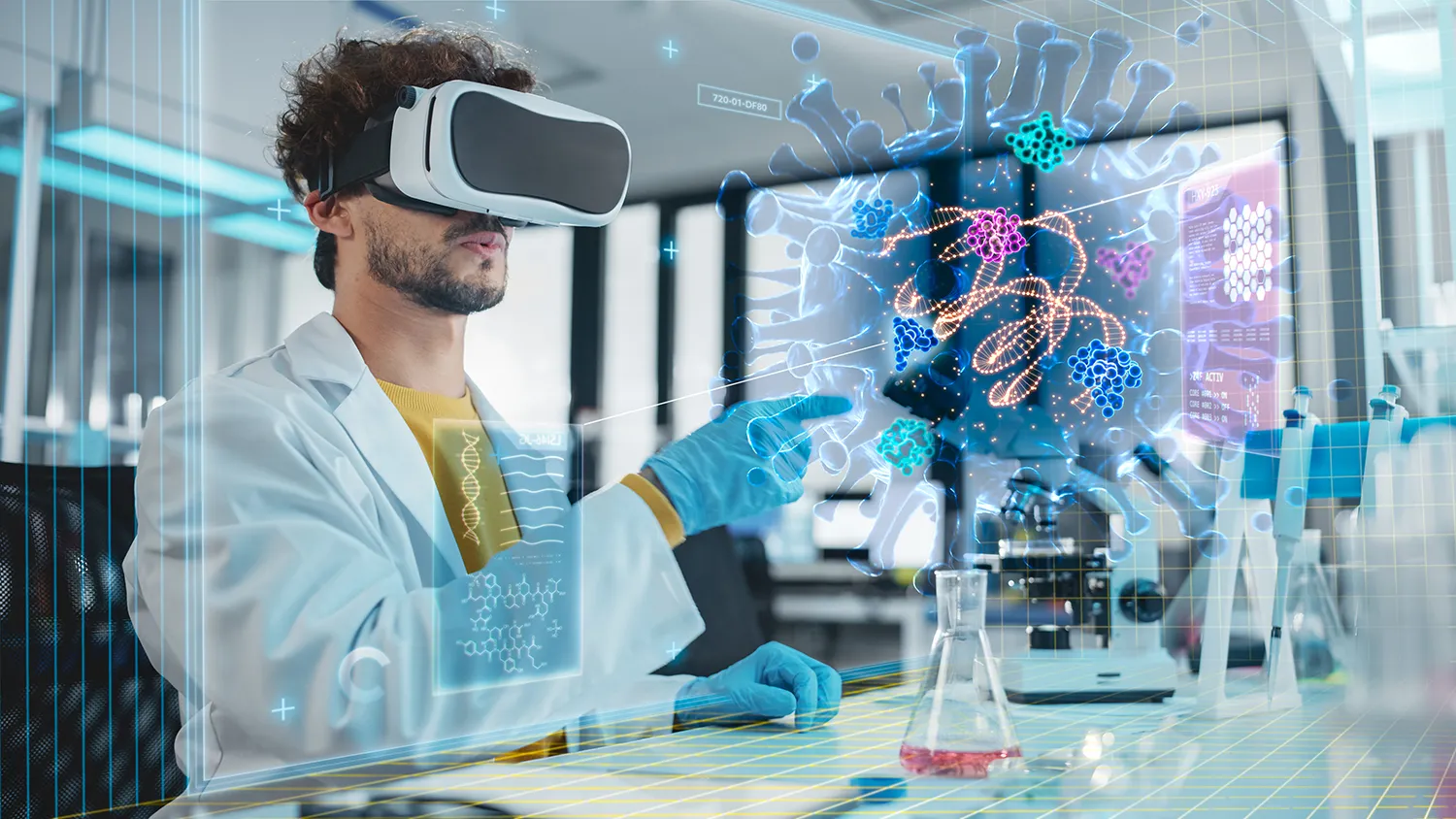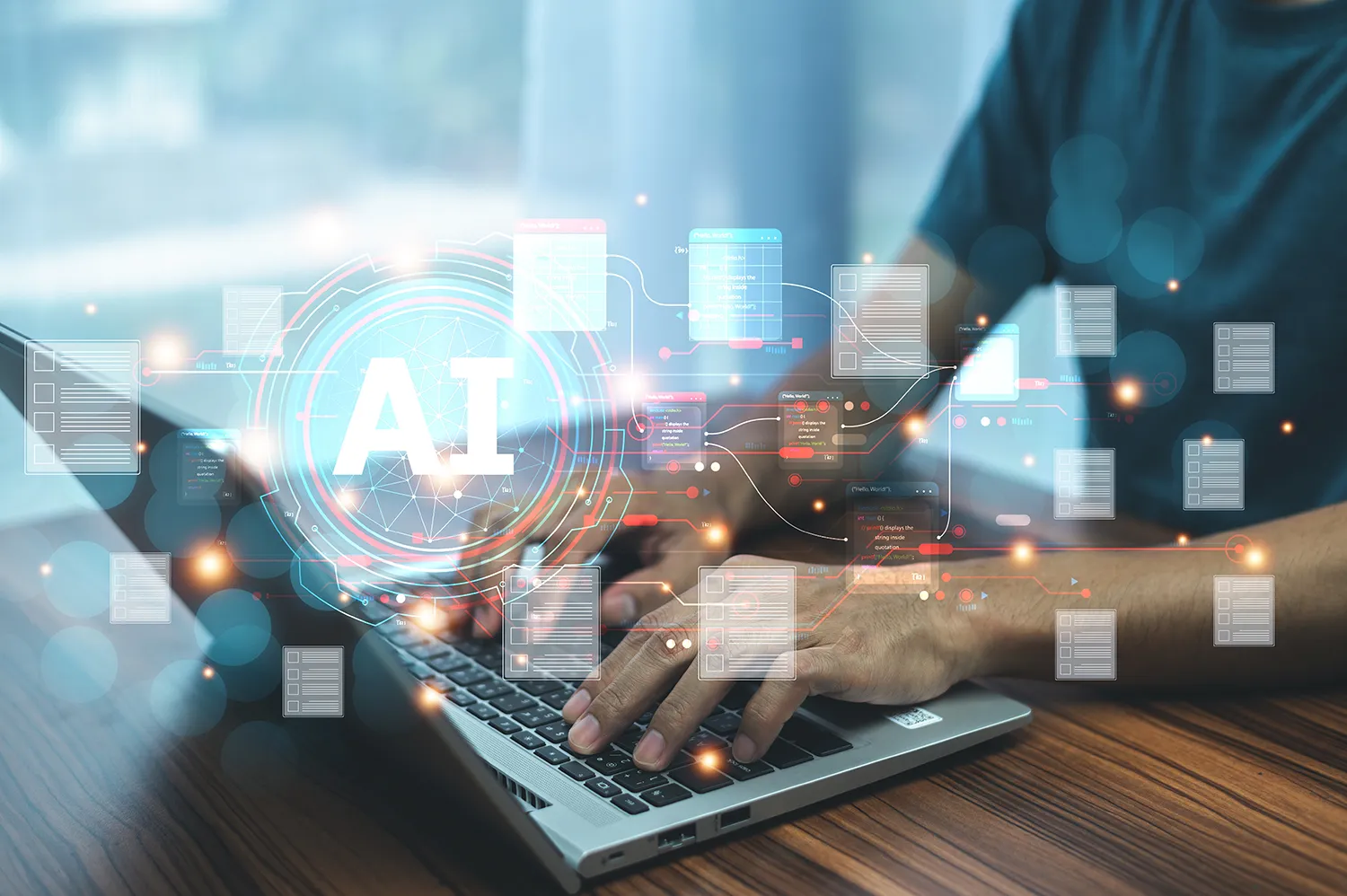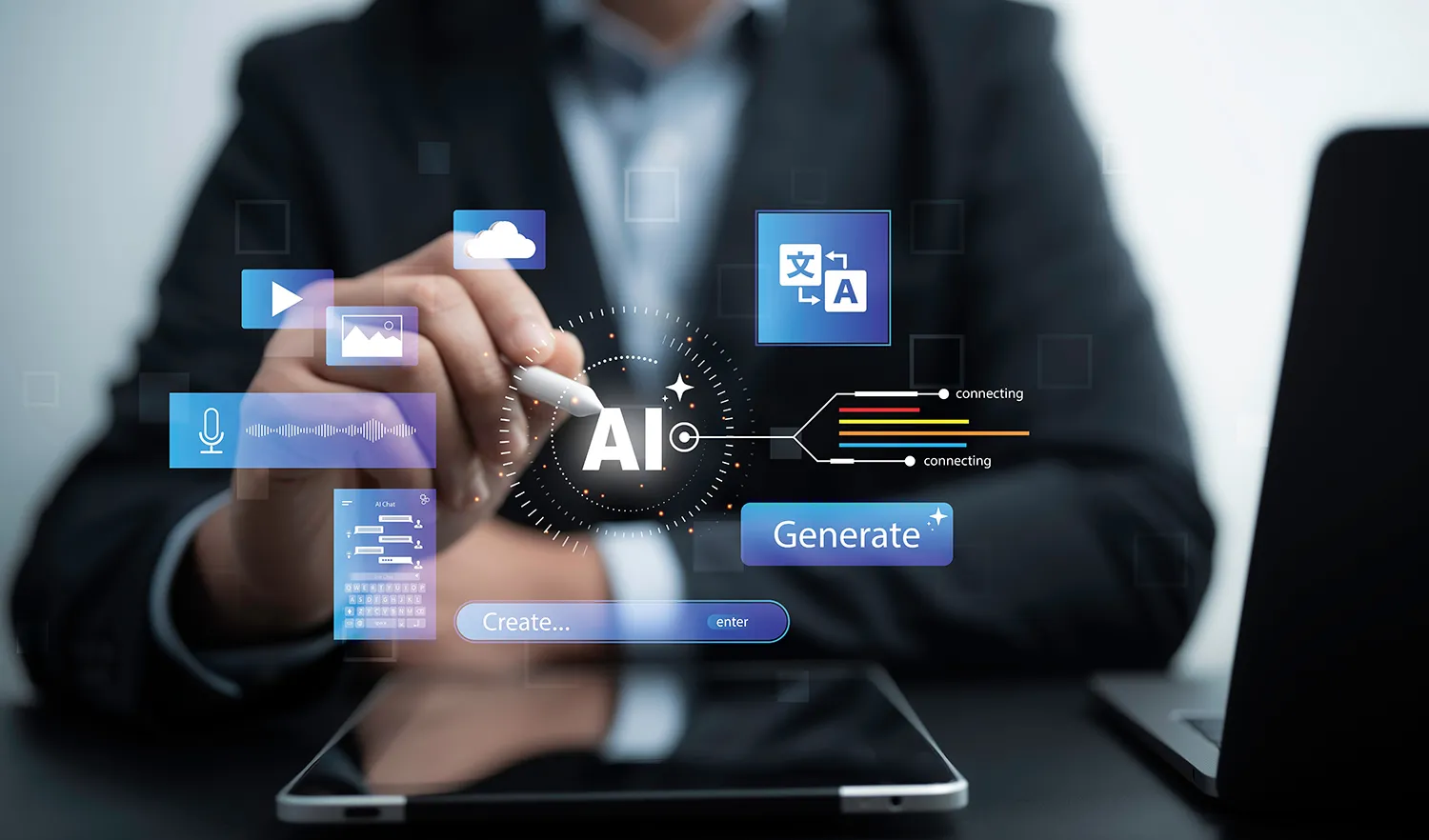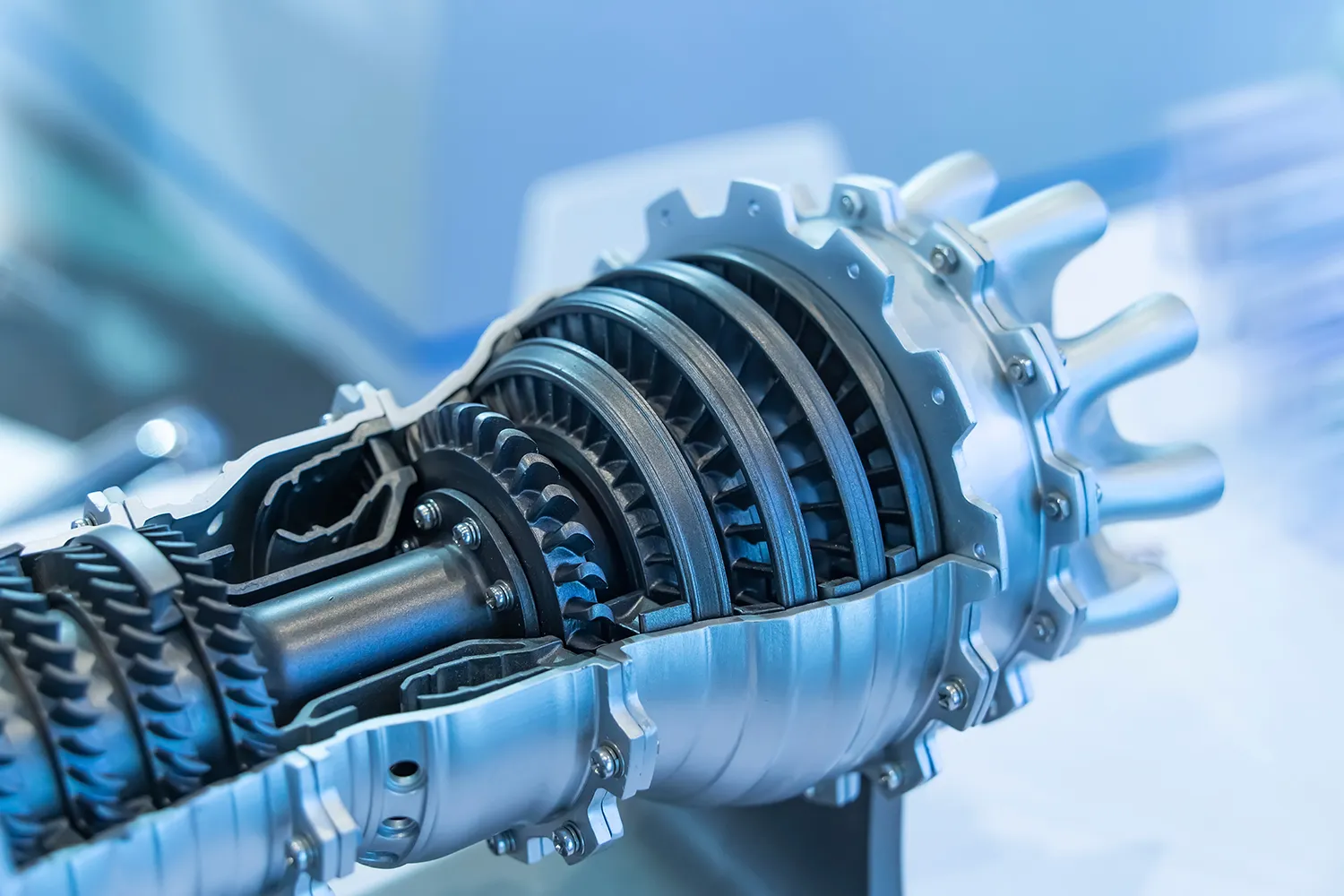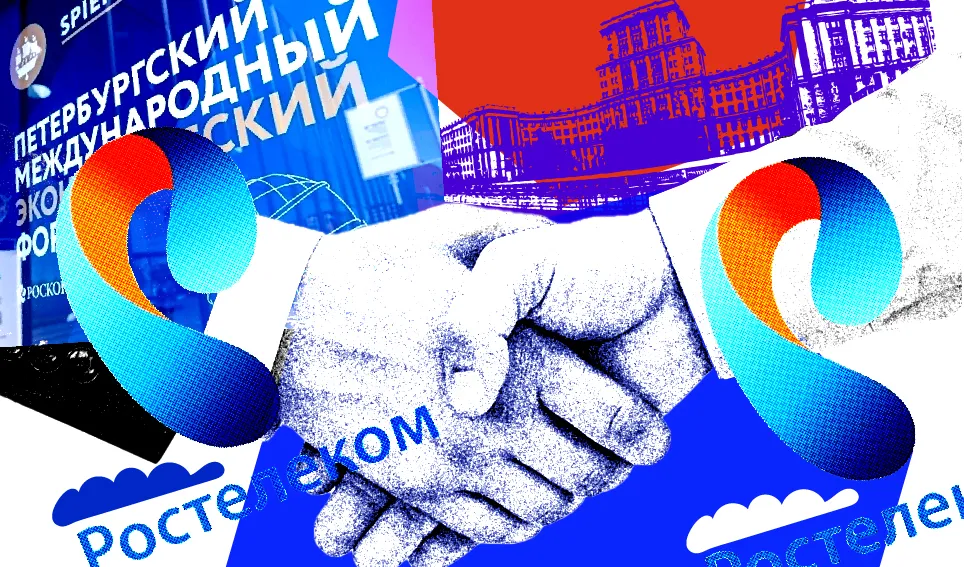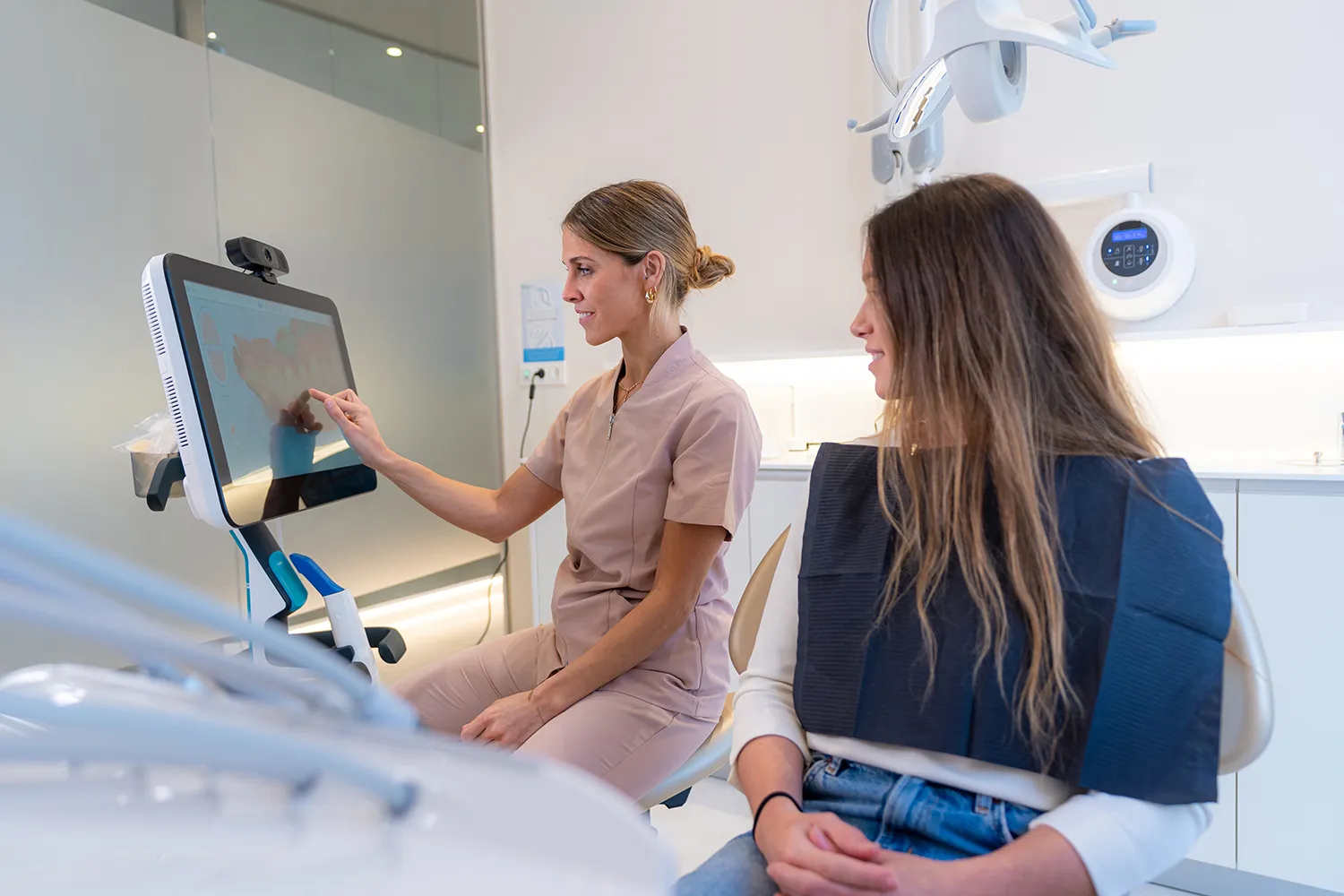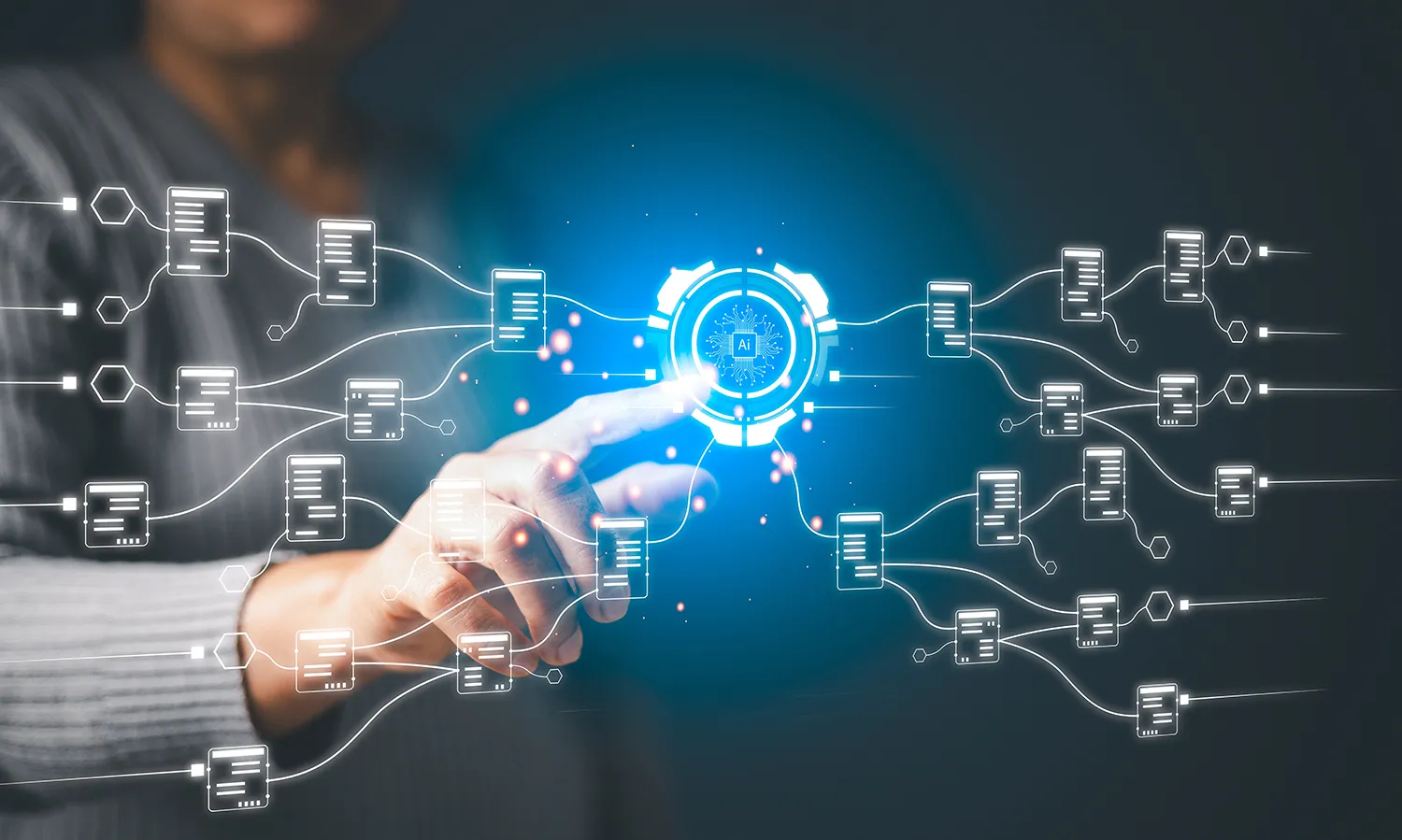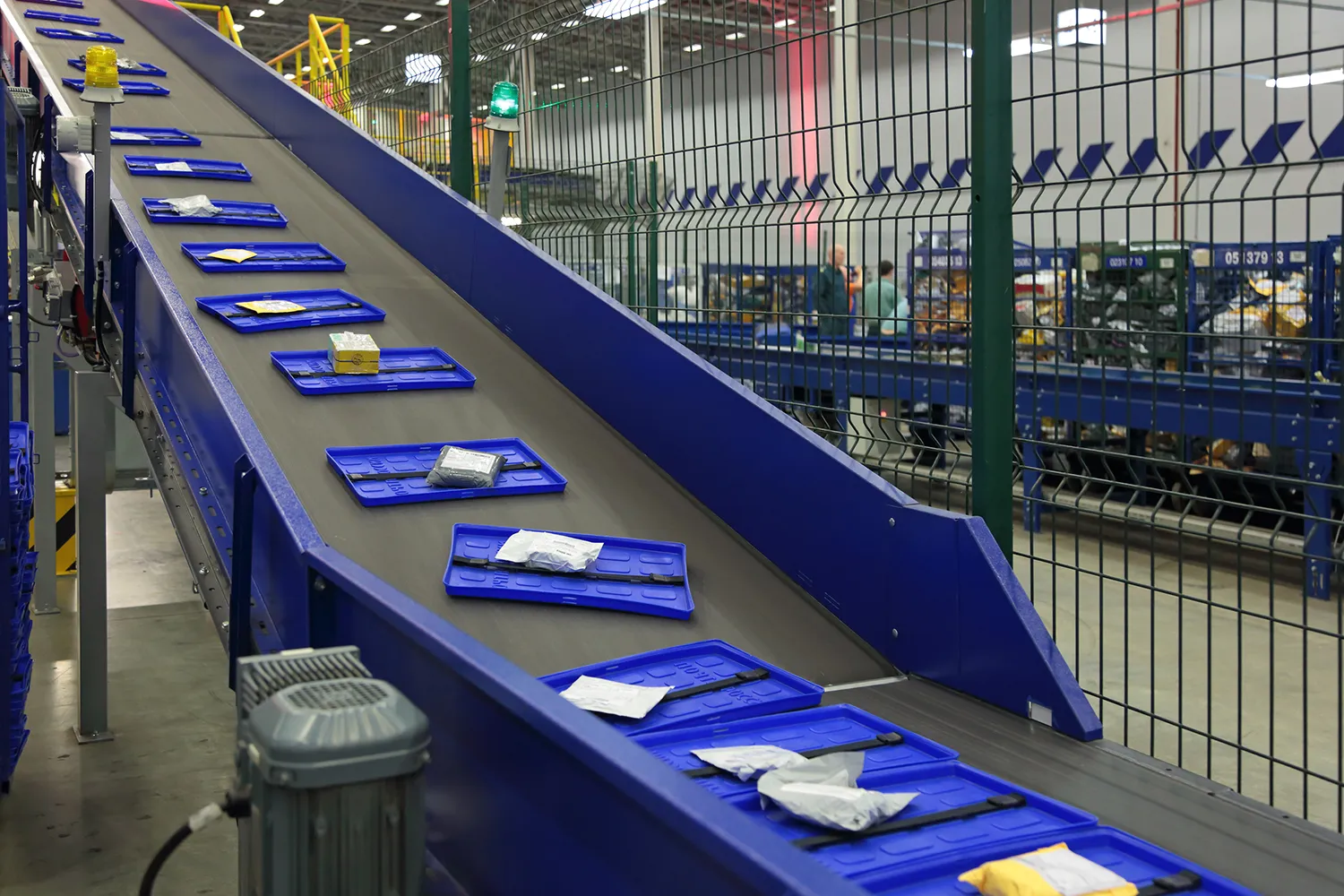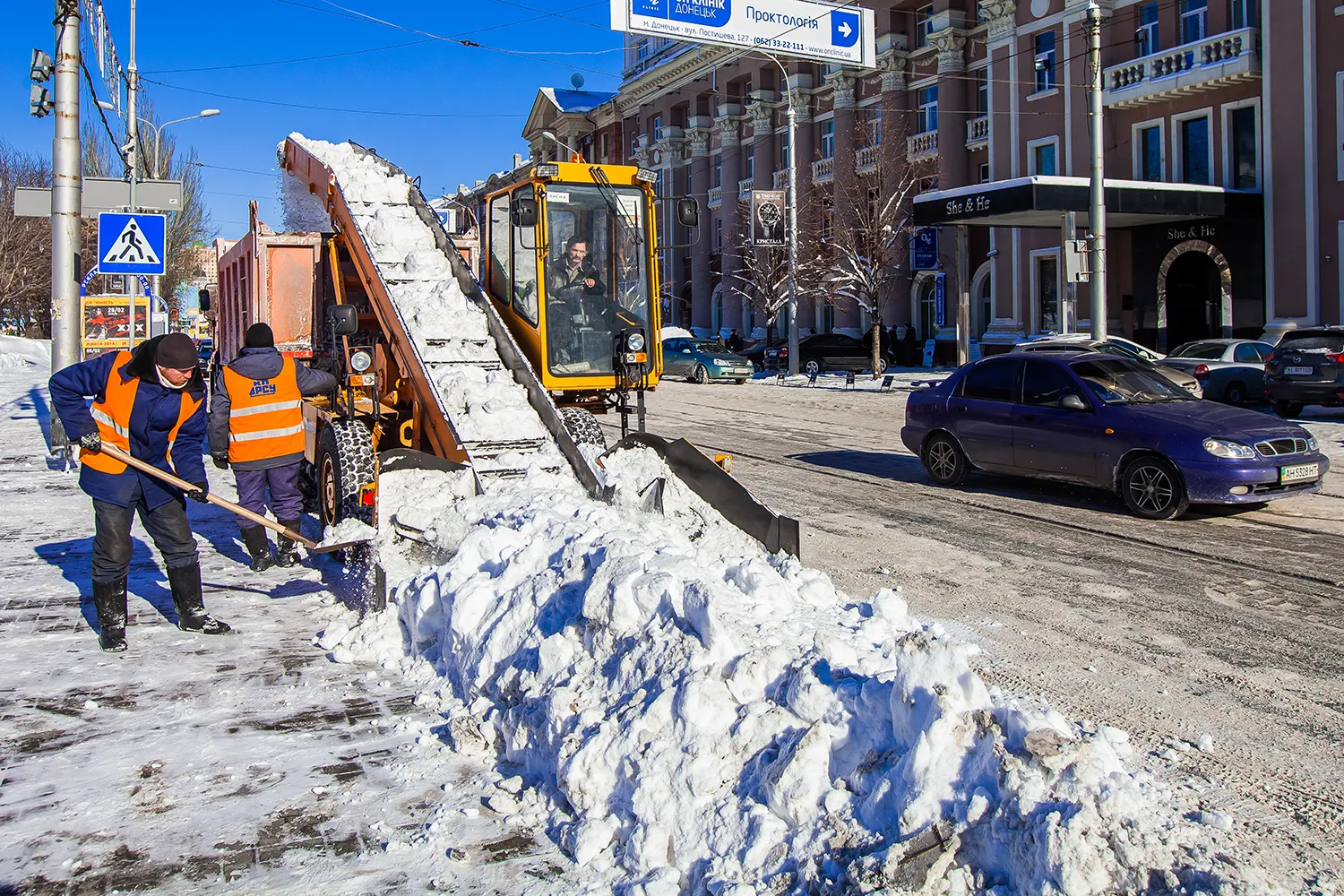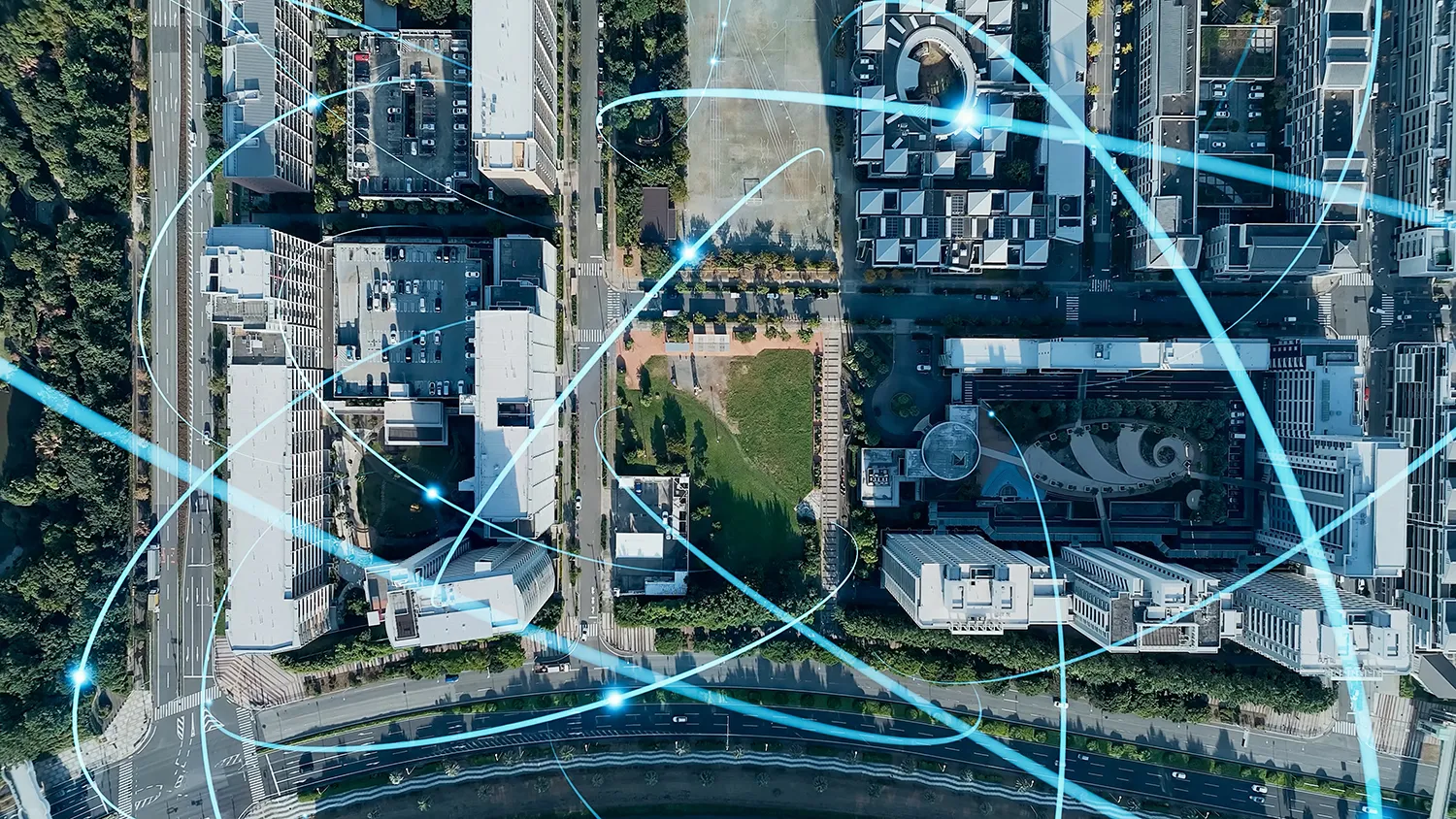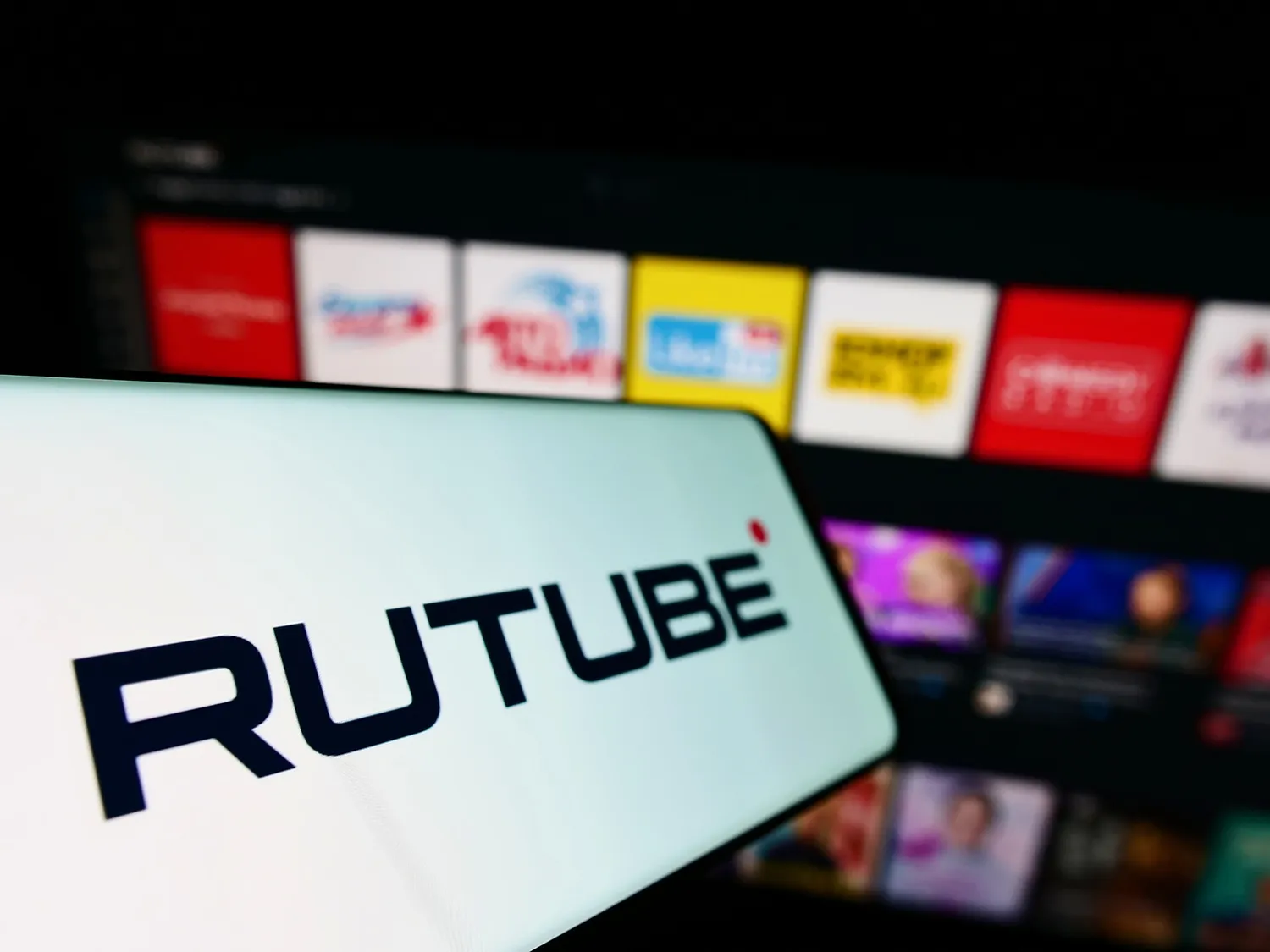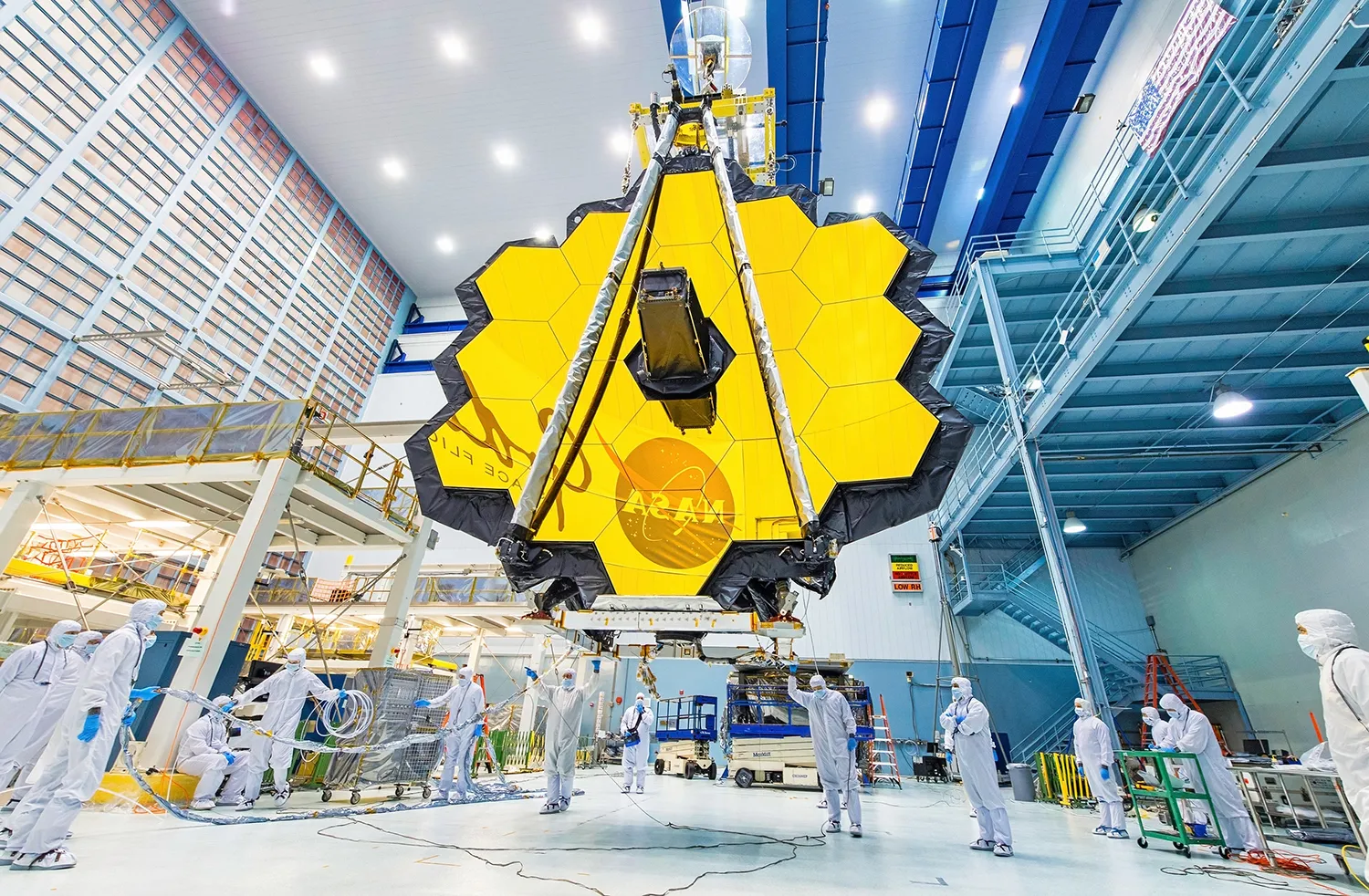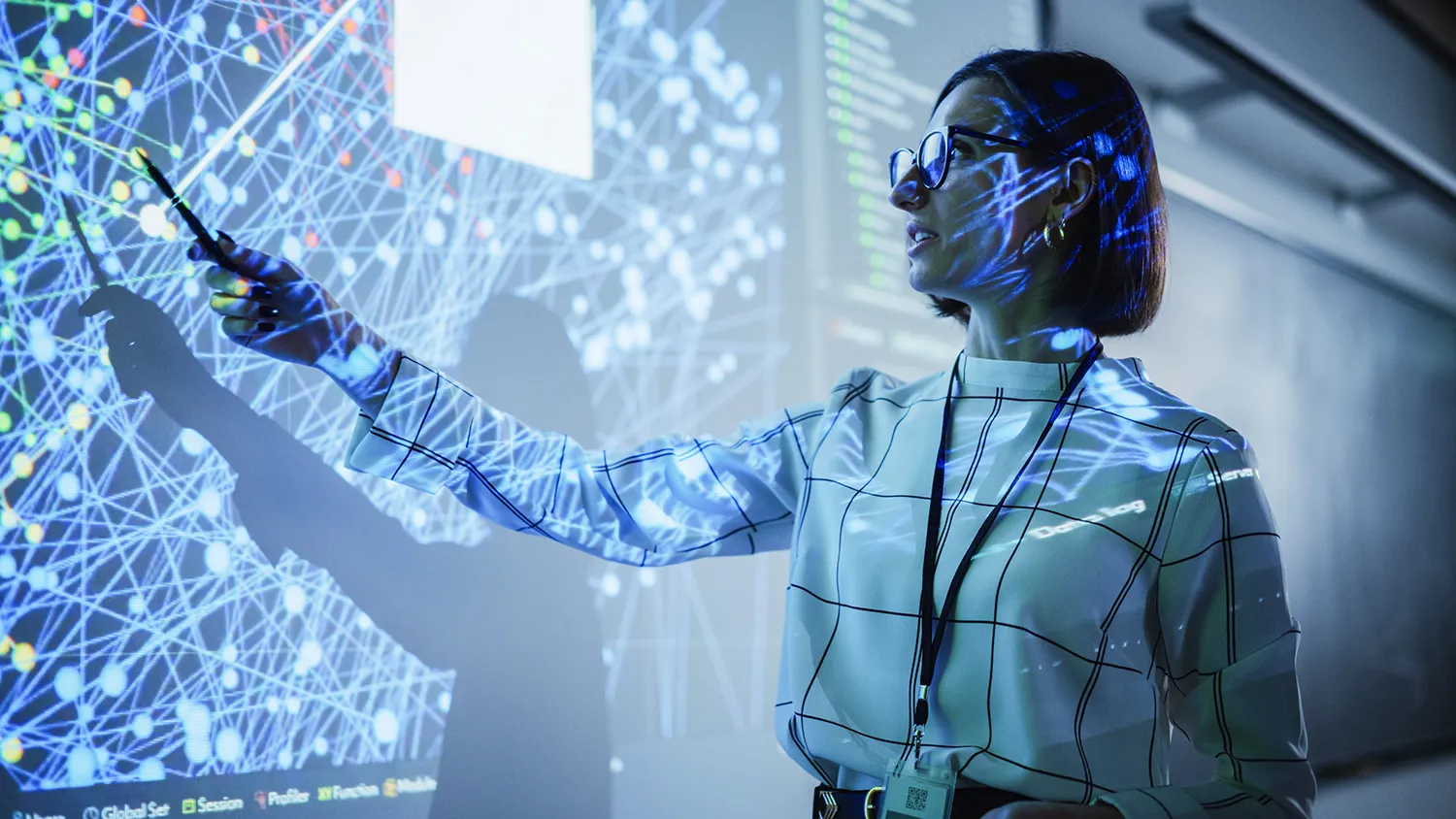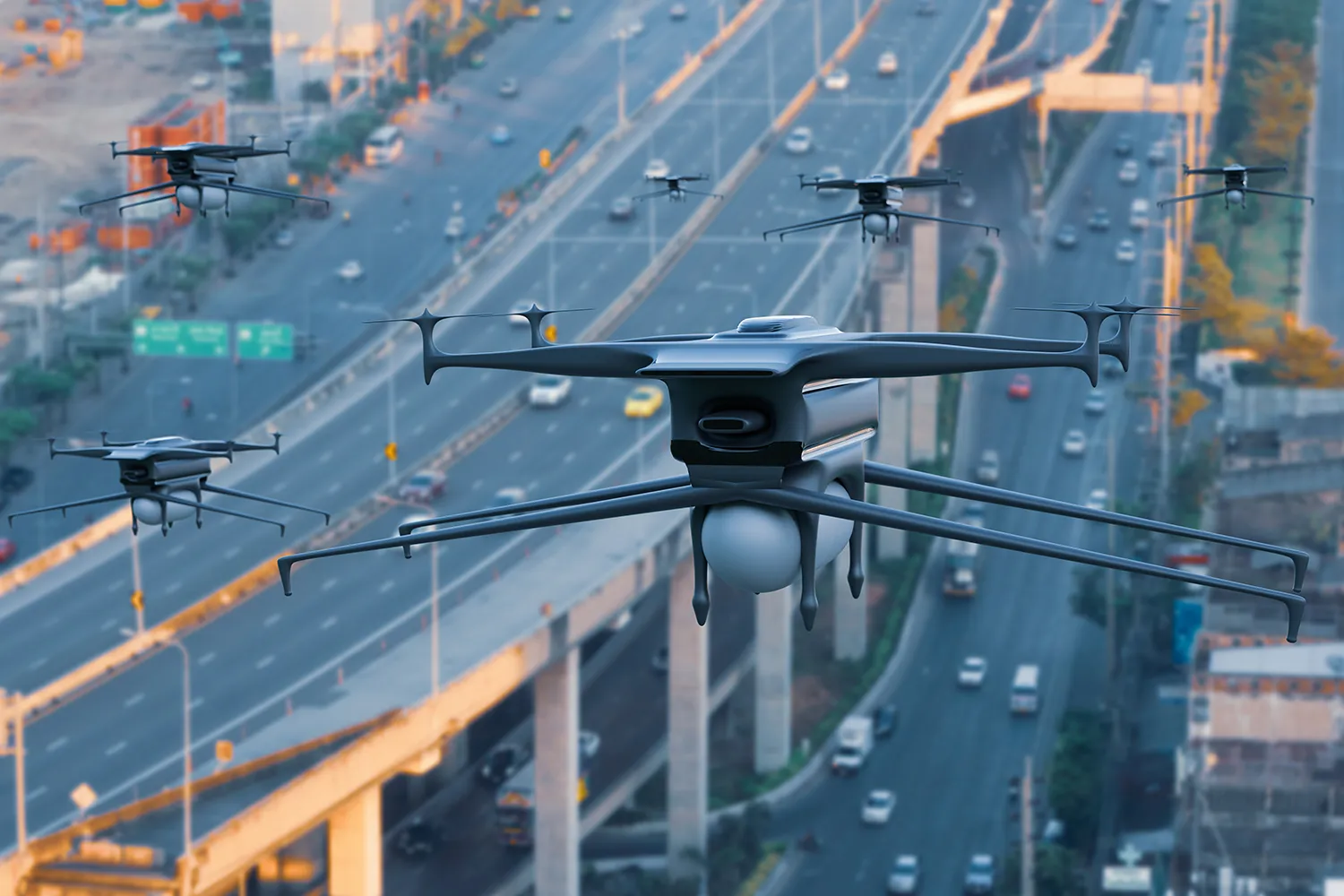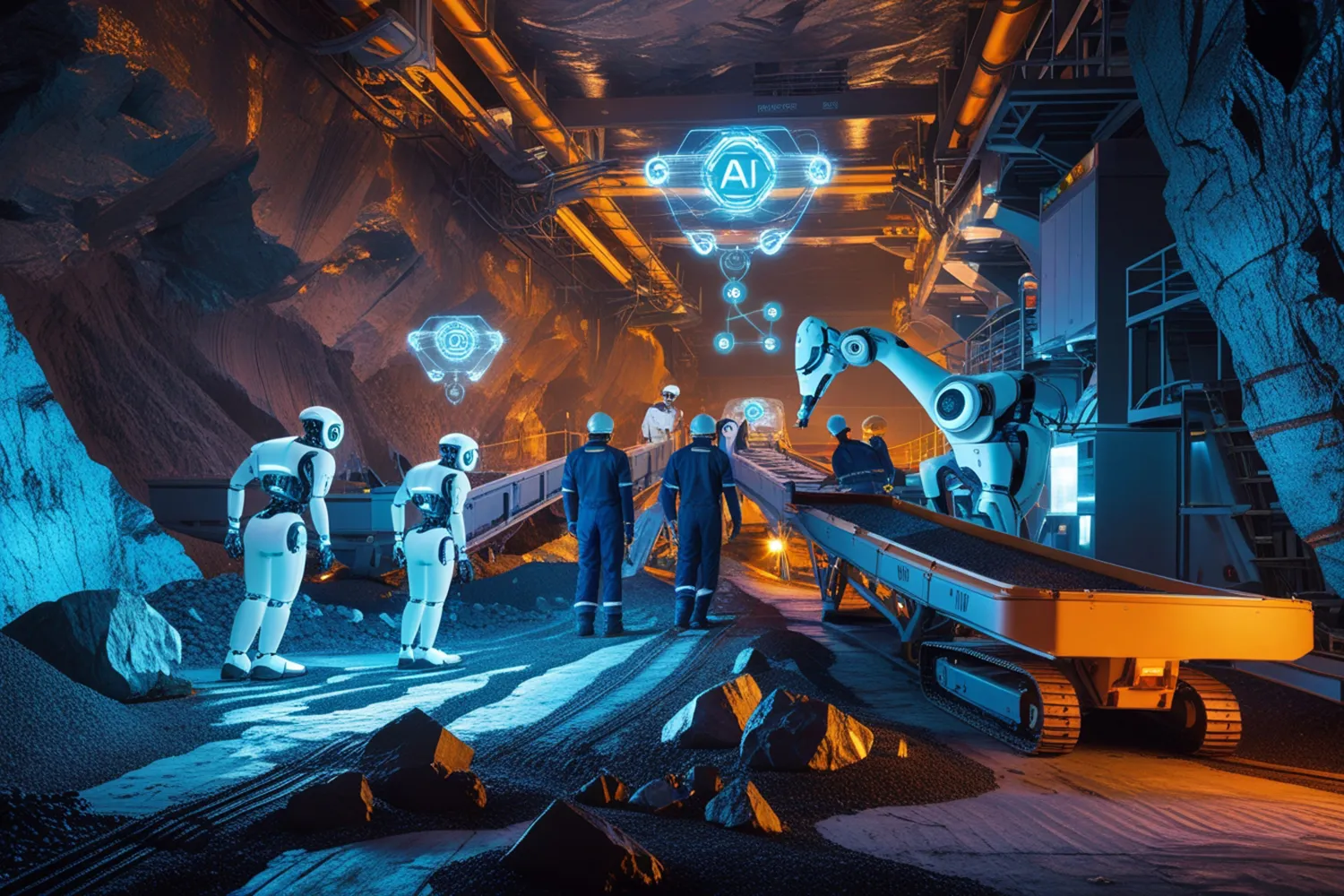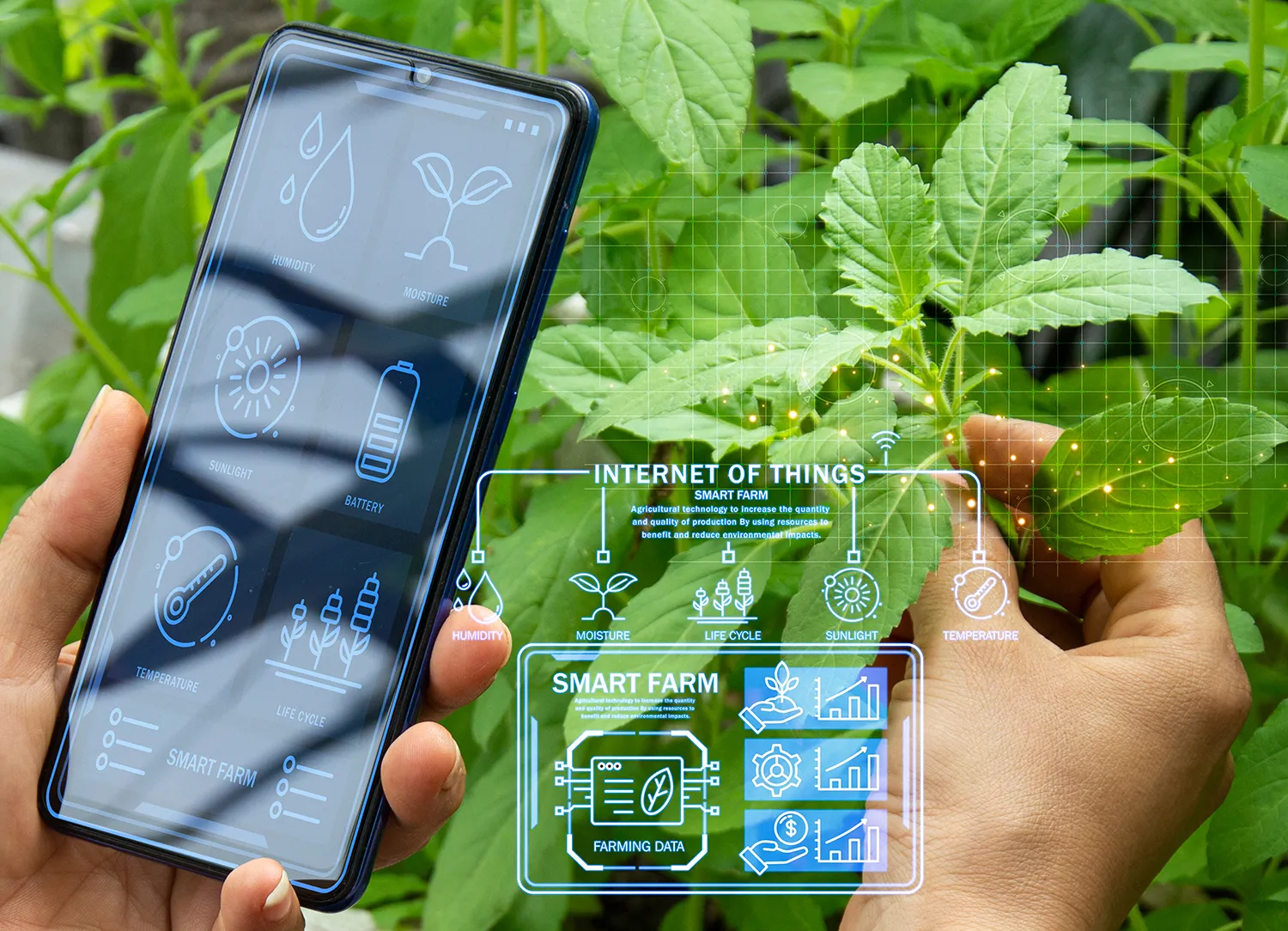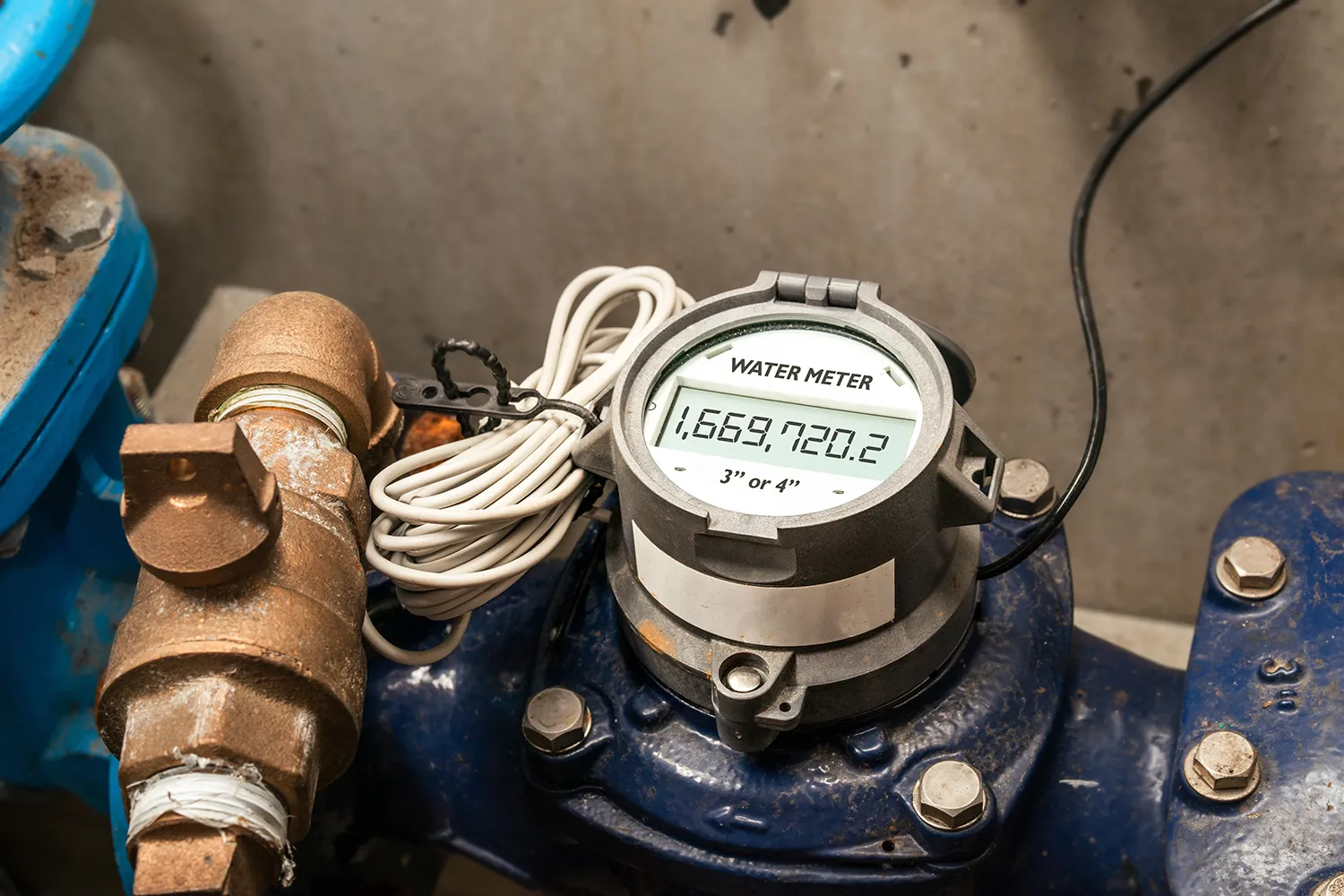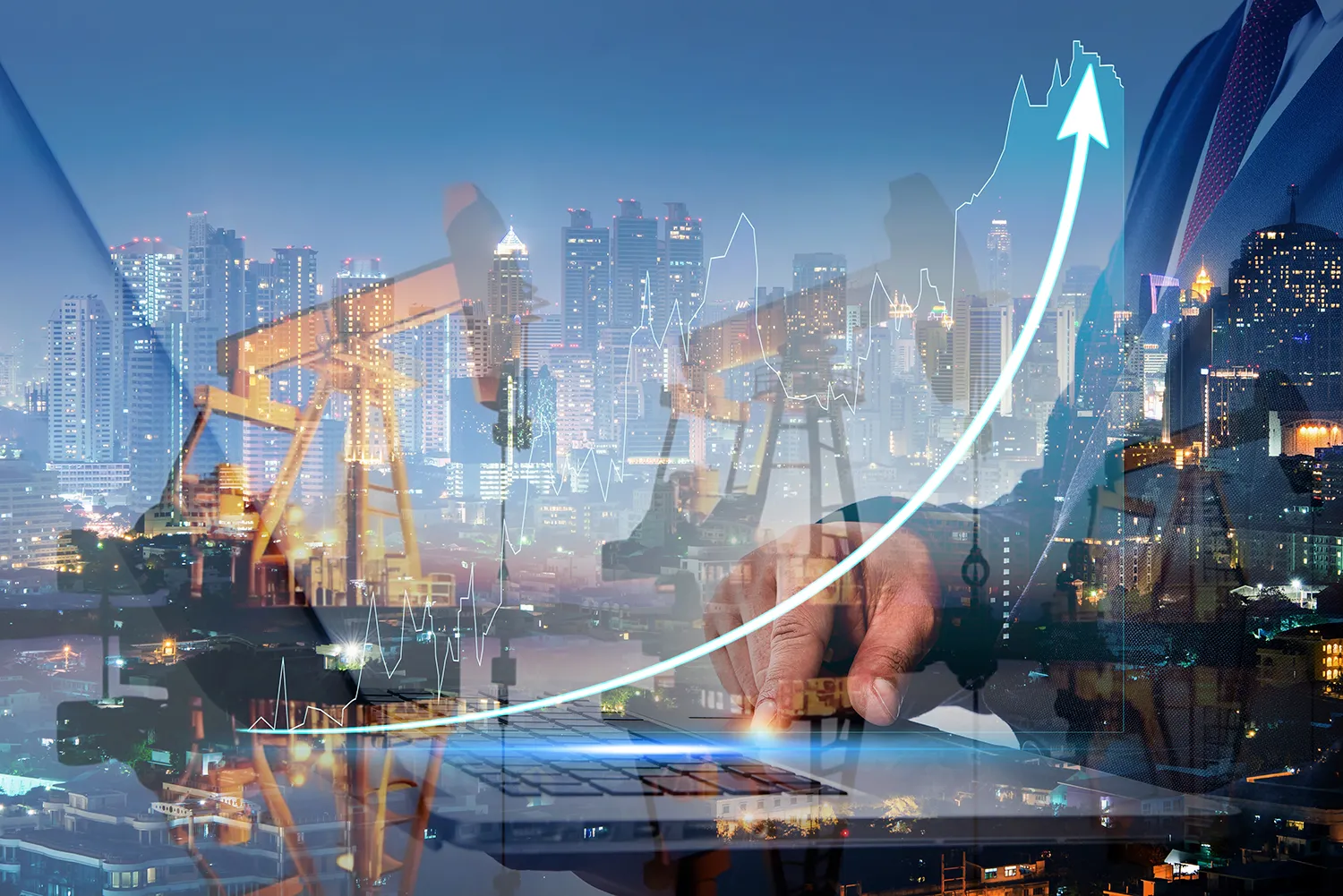Multifunctional Digital Twin: Russia’s Oil & Gas Sector Moves Toward Full-Scale Integration
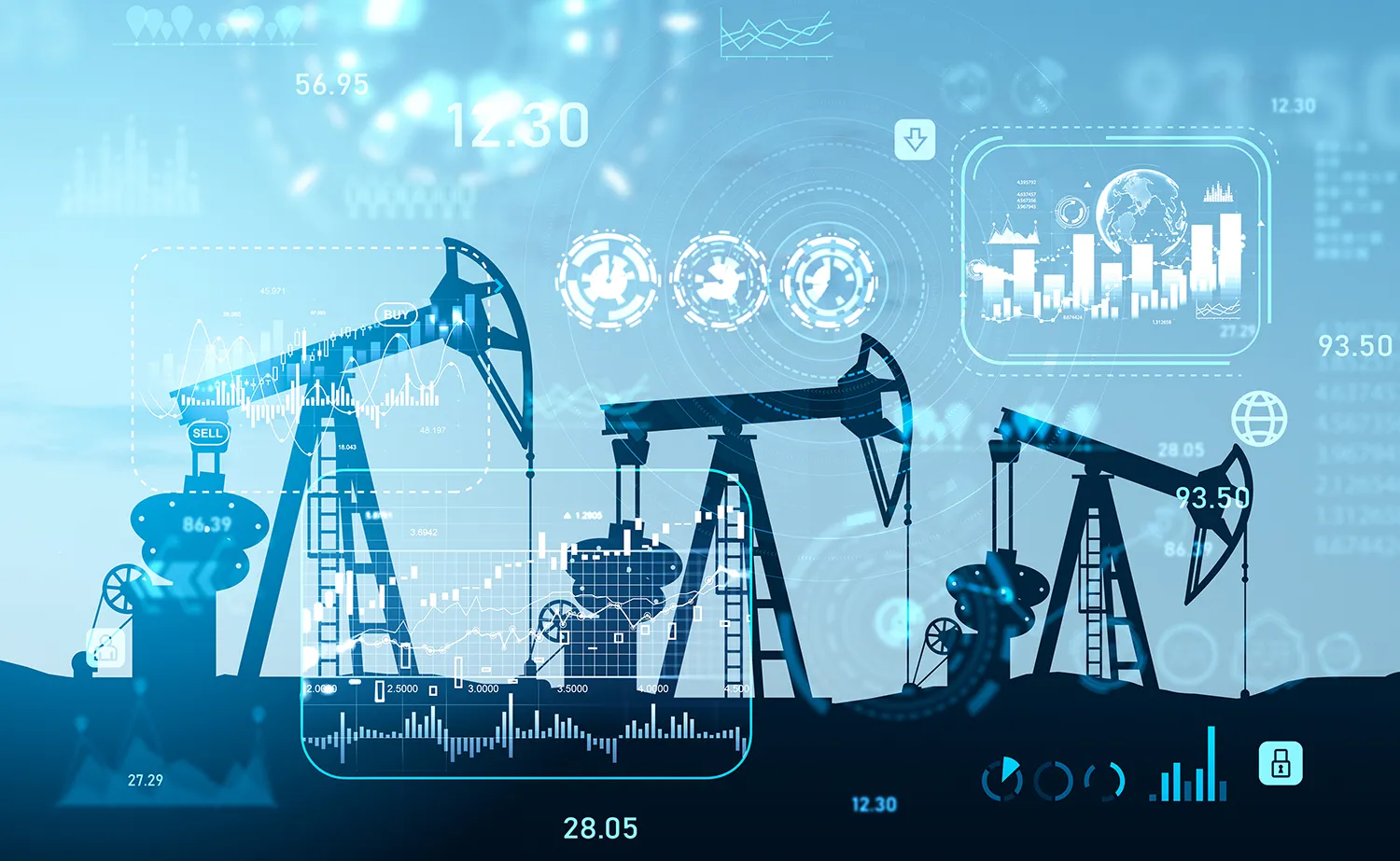
Digital twin technologies are no longer an experiment in Russia—they’re becoming the core of a nationwide effort to modernize and optimize extractive operations across the oil and gas sector.
Digital Twins: Driving Operational Efficiency
The concept of digital twins (DTs) has evolved from a futuristic vision into a powerful transformation tool for Russia’s extractive industries. A digital twin—a high-precision, dynamic virtual copy of a physical asset or process, such as a well, refinery, or pipeline—is now actively deployed by major Russian companies to improve efficiency, safety, and economic returns.
Leaders such as Gazprom Neft, Rosneft, Novatek, Surgutneftegas, and Tatneft are all investing heavily in digital twin technologies, primarily using Russian-made software. Trusted vendors include RDTECH, Tsifra, and KROK. Some companies are developing solutions in-house, relying on internal IT departments.
Gazprom Neft, for example, is not only developing digital twins for key assets like the Prirazlomnoye and Novoportovskoye fields and the Omsk Refinery, but is also advocating for a unified digital ecosystem. This vision includes integrating digital twins for upstream, processing, and infrastructure assets across the entire sector.
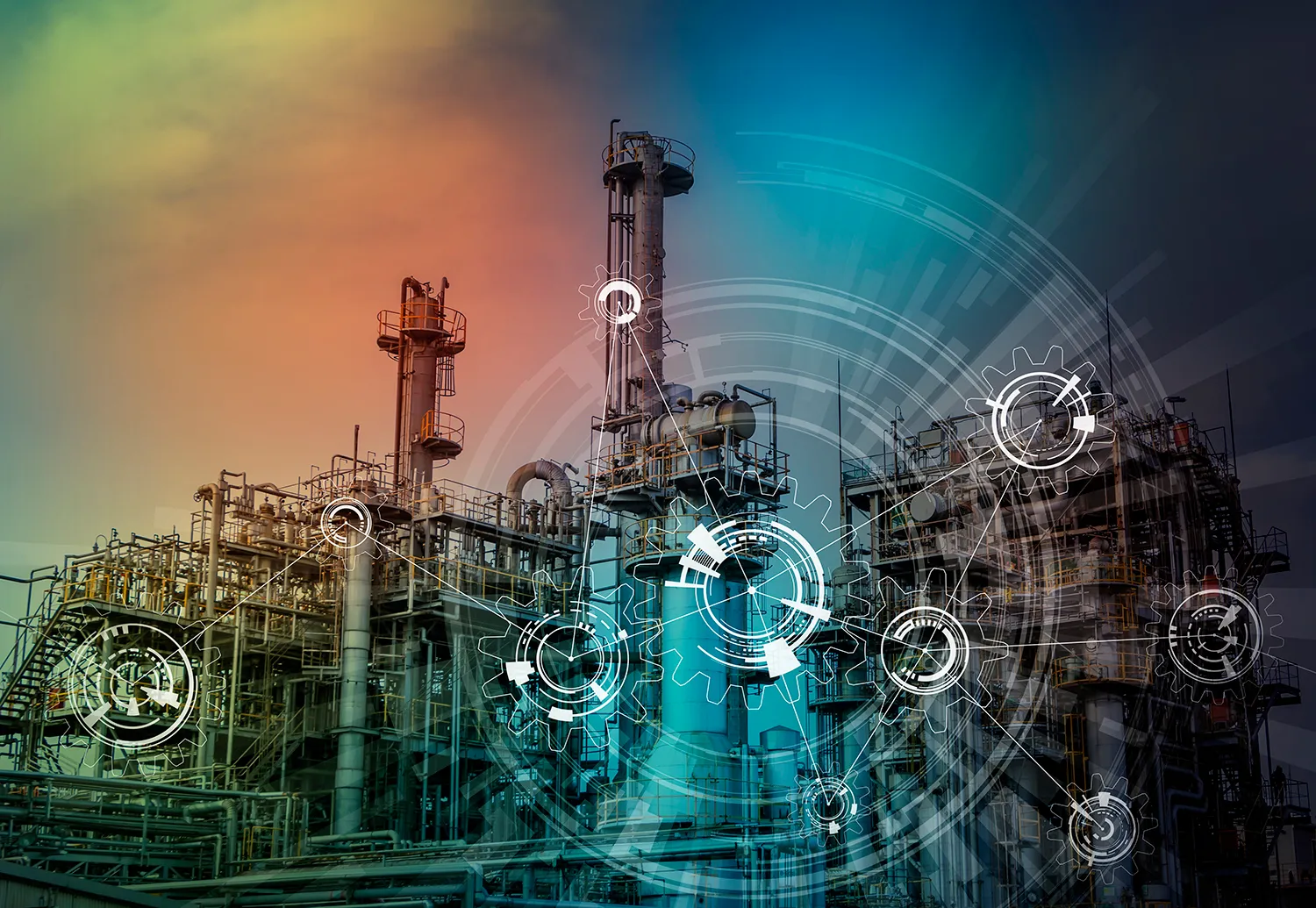
Why Digital Twins Matter
Experts point to several key benefits of implementing digital twins:
– Increased production efficiency: DTs simulate various reservoir development scenarios, optimize well operations, and plan geotechnical interventions. The result is higher oil recovery and reduced downtime.
– Lower CAPEX and OPEX: Virtual testing, optimized drilling paths, logistics planning, and predictive maintenance reduce both capital and operational expenses.
– Improved safety: DTs model emergency scenarios, train personnel in response procedures, remotely monitor hazardous operations, and forecast equipment failures—minimizing risk to people and the environment.
– Faster decision-making: Real-time data access and visualization give operators and managers actionable insights for rapid and informed decisions.
– Enhanced design and construction: Digital twins are used during early project phases to simulate layouts and streamline construction workflows.
– Better planning and forecasting: Consistent access to updated models improves strategic and operational planning.
Future Integration Across Industry and Government
The proposed unified system could provide Russia’s Ministry of Finance with near real-time economic data on oil and gas assets, enabling access to aggregated insights across the sector.
At the national level, this would facilitate more rational and structured license management, monitoring of compliance, and identification of underperforming assets. This, in turn, would enhance tax potential forecasting and strengthen tools to combat transfer pricing abuses.
Greater transparency would give a more accurate picture of corporate efficiency and resource utilization while enabling better budgetary planning for oil and gas revenues.
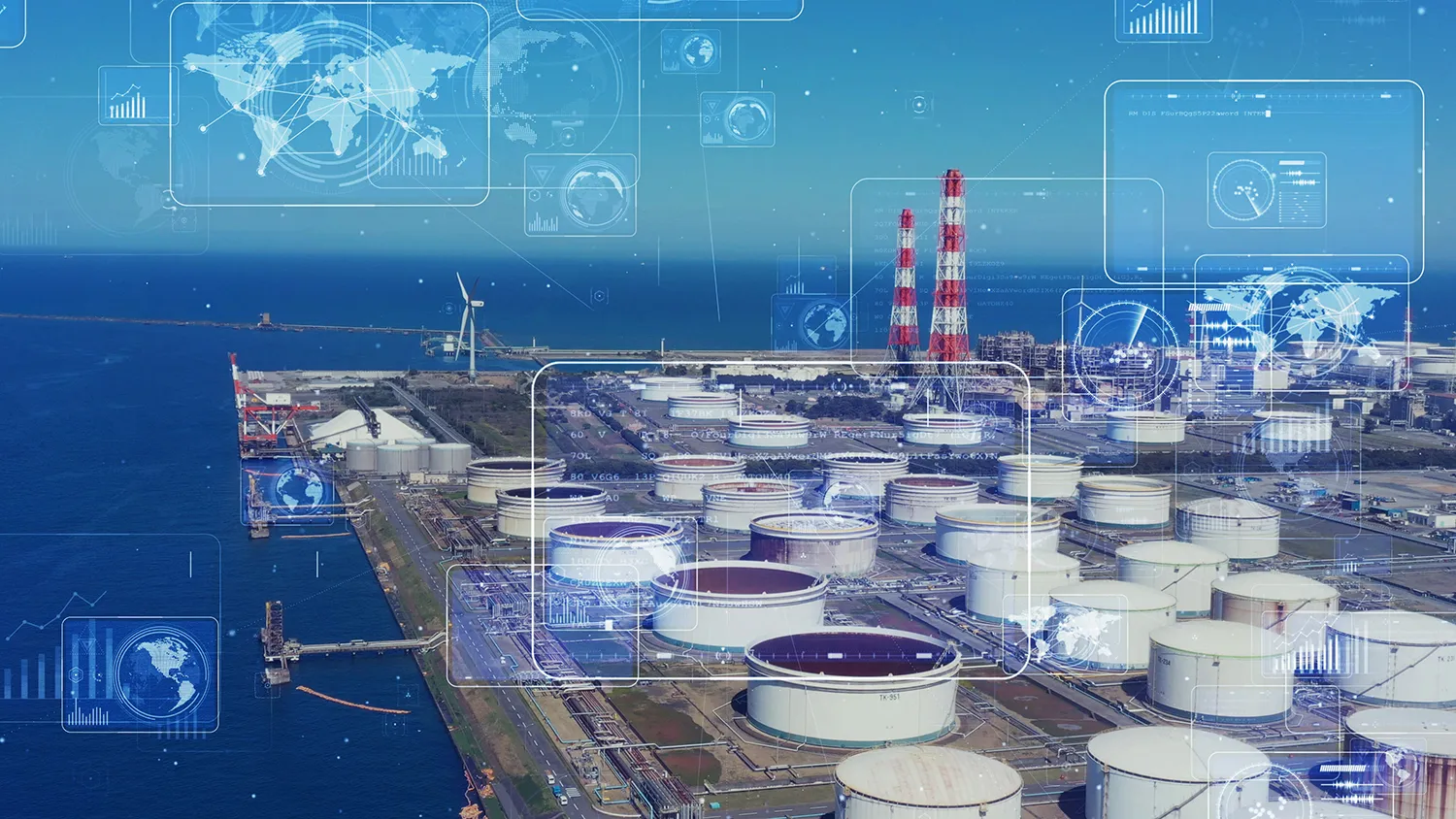
From Pilot Project to Industry Backbone
Digital twins have moved beyond the pilot stage and are now indispensable to Russia’s resource extraction industry. Companies already report measurable economic benefits. The integrated industry-wide platform, championed by Gazprom Neft, represents the next leap in the sector’s digital transformation.



